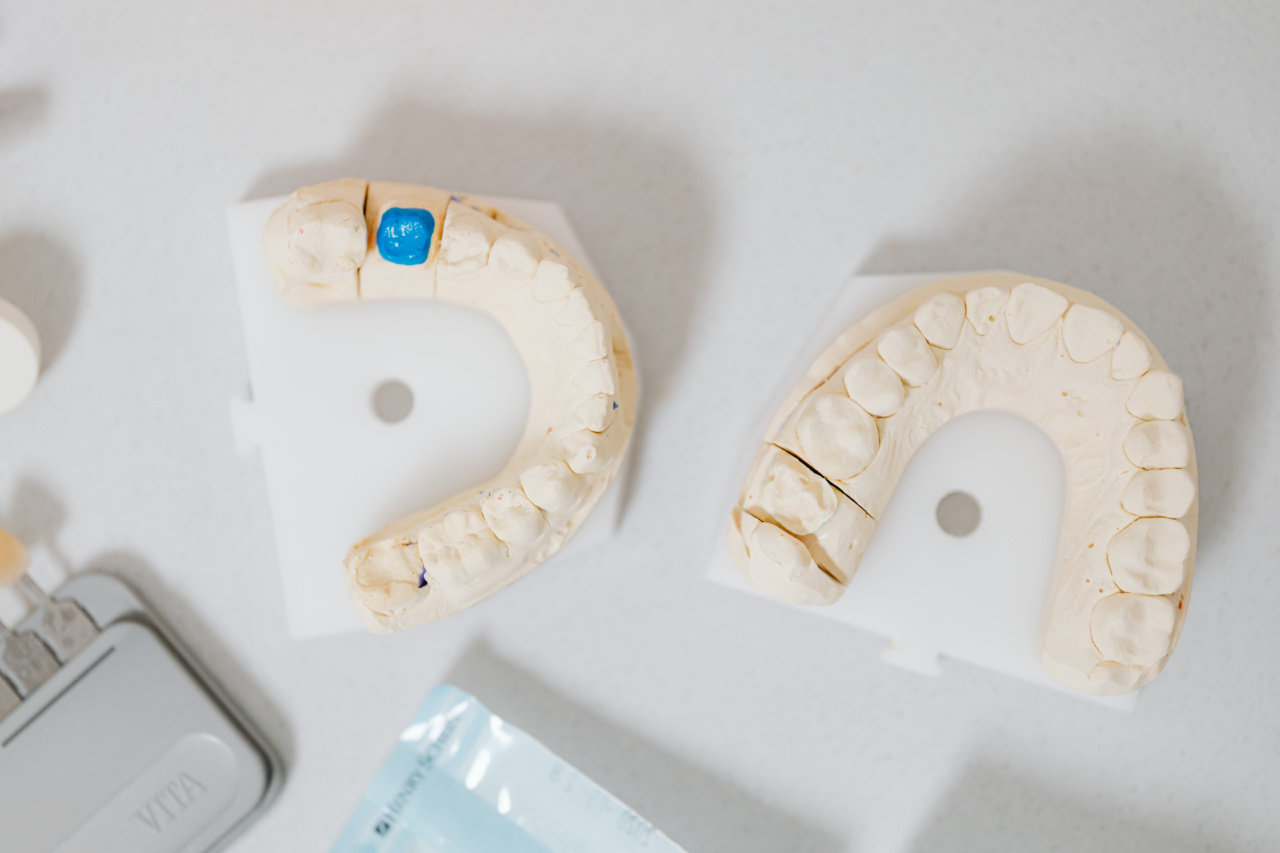When it comes to teeth and orthodontics, there are numerous myths and misconceptions that can hinder an individual’s understanding of proper dental care. These myths can lead to unnecessary anxiety, confusion, and even improper dental practices.
In this article, we will debunk some of the most common myths associated with teeth and orthodontics to provide you with accurate information and promote better oral health.
Myth 1: Braces Are Only for Children and Teenagers
Contrary to popular belief, braces are not only for children and teenagers. In fact, adults can benefit greatly from orthodontic treatment as well.
Whether it’s fixing crooked teeth, correcting bite issues, or improving overall dental health, braces can help individuals of all ages achieve a healthier and more confident smile.
Myth 2: Orthodontic Treatment Takes Years
While the duration of orthodontic treatment varies from case to case, it is far from a years-long process in most instances.
Thanks to advancements in orthodontic technology, such as accelerated orthodontics and clear aligners, the treatment duration has significantly reduced. In some cases, it may take as little as a few months to achieve the desired results.
Myth 3: Orthodontic Treatment Is Only Cosmetic
While orthodontic treatment can certainly enhance the appearance of your smile, its benefits go far beyond cosmetics. Correcting dental misalignments can improve overall oral health by reducing the risk of tooth decay, gum disease, and jaw problems.
It also promotes easier cleaning, resulting in a healthier mouth and a reduced likelihood of future dental issues.
Myth 4: Braces Cause Pain and Discomfort
Although it is true that some discomfort can be expected during the initial adjustment period, modern braces are designed to minimize pain and discomfort.
Orthodontists use highly efficient techniques and materials to reduce friction and ensure a more comfortable experience. Patients may experience some soreness after adjustments, but it is generally manageable and temporary.
Myth 5: Orthodontic Treatment Is Unaffordable
Orthodontic treatment is more accessible and affordable now than ever before. Many dental insurance plans include orthodontic coverage, which can help offset the costs.
Additionally, many orthodontic practices offer flexible payment plans to suit different budgets. Investing in orthodontic treatment is not only an investment in your smile but also in your long-term dental health.
Myth 6: Teeth Straightening Is Purely a Cosmetic Concern
While having straight teeth certainly enhances one’s aesthetics, the benefits of teeth straightening extend beyond cosmetics.
Crooked or misaligned teeth can cause difficulties in oral hygiene and can contribute to tooth decay, gum disease, and even speech impediments. Straightening your teeth can improve your oral health and overall quality of life.
Myth 7: Orthodontic Treatment Is Only About Metal Braces
Gone are the days when metal braces were your only option for orthodontic treatment. Nowadays, there is a wide range of orthodontic alternatives to choose from, including clear aligners, lingual braces, and ceramic braces.
These options offer discreet and comfortable treatment methods, catering to individuals who prefer a less noticeable approach.
Myth 8: Once Orthodontic Treatment Is Over, Your Teeth Stay Perfect Forever
After completing orthodontic treatment, it is essential to wear retainers as instructed by your orthodontist. Retainers help maintain the results and prevent teeth from shifting back to their original positions.
Neglecting to wear retainers can reverse the progress achieved during the treatment, so it’s crucial to follow the post-treatment care instructions diligently.
Myth 9: Brushing and Flossing Will Fix Crooked Teeth
Oral hygiene practices like brushing and flossing are essential for maintaining good dental health, but they cannot fix significant teeth misalignments.
While these practices can help prevent tooth decay and gum disease, they are not capable of correcting crooked teeth or bite issues. Orthodontic treatment is necessary to address such dental concerns effectively.
Myth 10: Orthodontic Treatment Is Purely Cosmetic and Optional
While it is true that orthodontic treatment can improve the appearance of your smile, it is not just a cosmetic procedure. Many dental conditions, such as overcrowding, crossbite, and overbite, can lead to various oral health problems if left untreated.
Orthodontic treatment is often necessary to address these issues and prevent potential complications down the line.


























